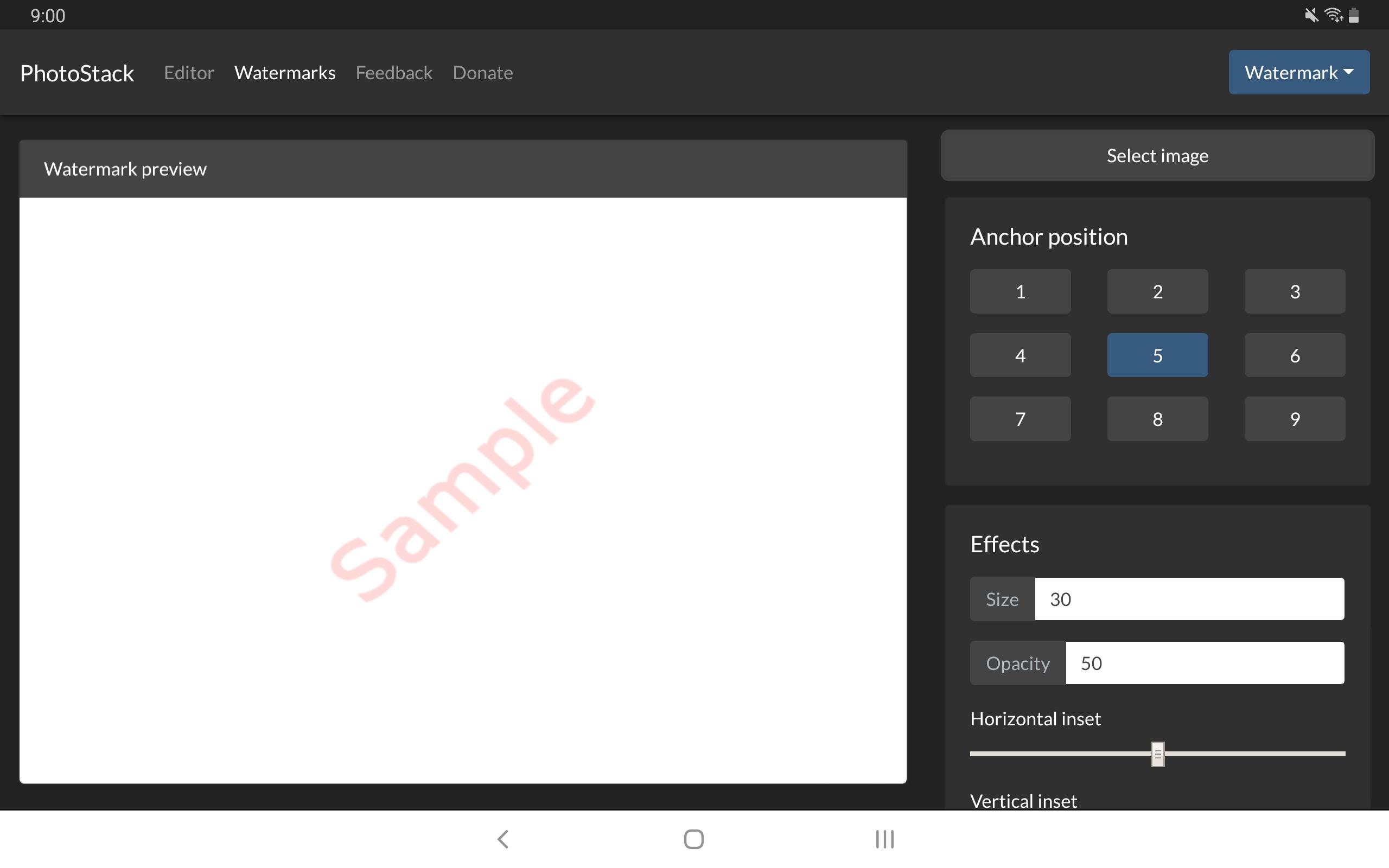

Photoshop (or another form of focus-stacking software).An interchangeable-lens camera and a lens capable of focusing manually.
#Photostack series#
A tripod, which will keep your composition consistent as you capture a series of images.That said, I do recommend you invest in a few basic items: ( Shallow depth of field shots can look beautiful when done carefully!)Īs I’ve explained above, focus stacking is pretty easy to do, and you can focus stack with a smartphone camera and nothing else. You can take a single shot with a shallower depth of field and try to make the effect work. And you can narrow your aperture, but at a certain point, you’ll start to run into optical problems caused by diffraction.
.png)
Of course, you can always try to back up or use a wider lens, but that isn’t always feasible (especially if you’ve already chosen your composition). Your depth of field just won’t be deep enough, and only parts of the shot will turn out sharp (while other parts will turn blurry). Specifically, you’ll run into depth of field problems when working with: And if you’re faced by a standard close-up subject such as a flower, you can back up slightly from your subject and narrow your aperture to get your desirable depth of field.īut in a few situations, you won’t be able to achieve a deep enough depth of field to keep the entire shot sharp (from the nearest foreground element to the most distant background element). If you’re faced by a sweeping landscape, you can choose a wide-angle lens and you can narrow your aperture that way, you can capture the entire scene in focus using a deep depth of field. In most situations, you can handle your depth of field requirements without focus stacking. On the other hand, as you widen your lens, move away from your subject, or narrow your lens aperture, the amount of the scene that’s in focus will increase. So as you zoom your lens, move closer to your subject, or widen your lens aperture, the amount of the scene that’s in focus will decrease. Now, if you’re familiar with camera optics, you’ll know that the depth of field is affected by three key factors: In other words, focus stacking is only necessary if you’re faced with a scene that can’t be well handled by your camera setup’s current depth of field capabilities. When should you focus stack your photos?įocus stacking is designed to overcome the limits of depth of field.
#Photostack manual#
Note that focusing stacking doesn’t require fancy equipment, either you can focus stack with a standard camera (even a smartphone camera, in fact), though I do recommend you work with a tripod and a manual focus lens if you can, as I discuss in a moment.


 0 kommentar(er)
0 kommentar(er)
